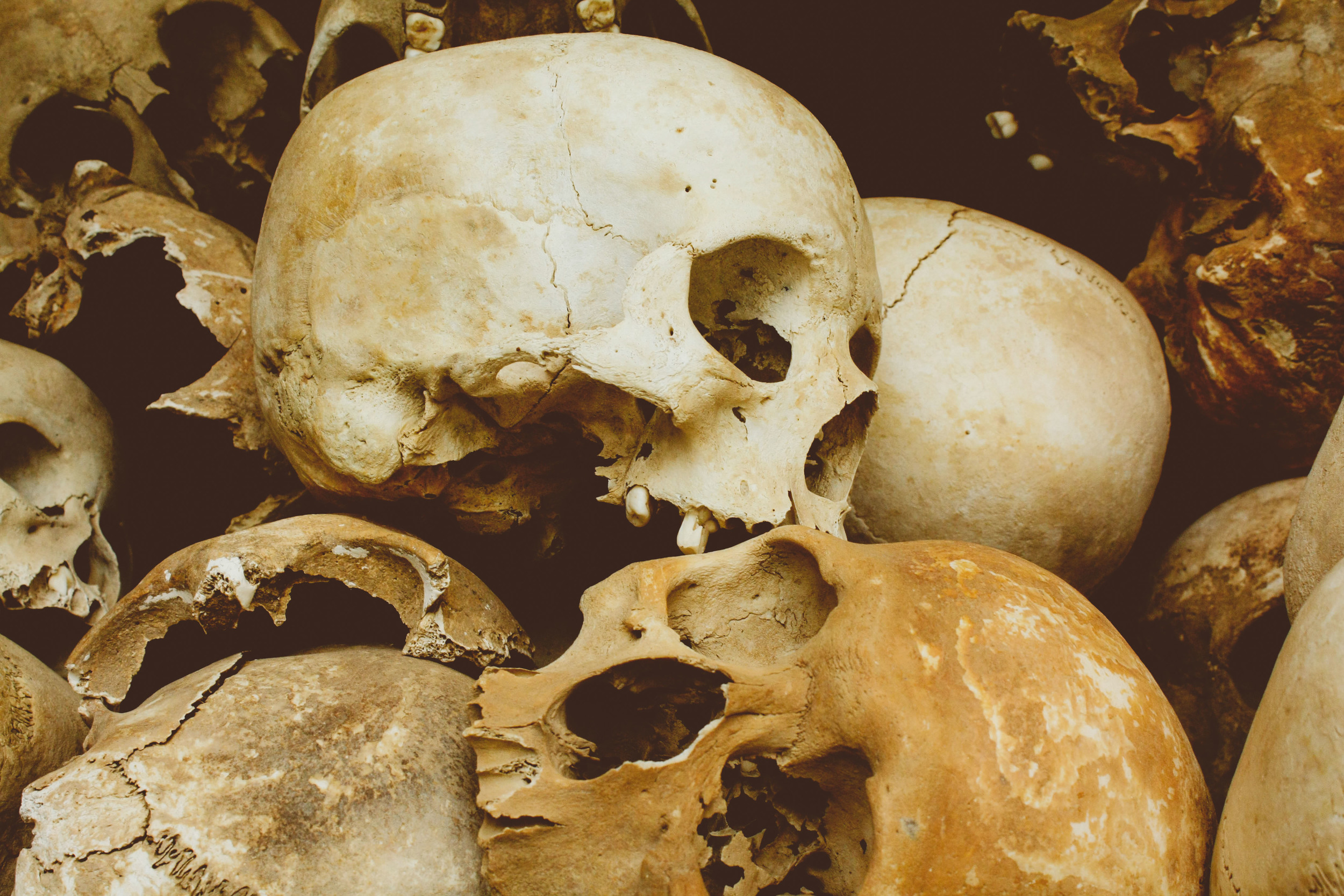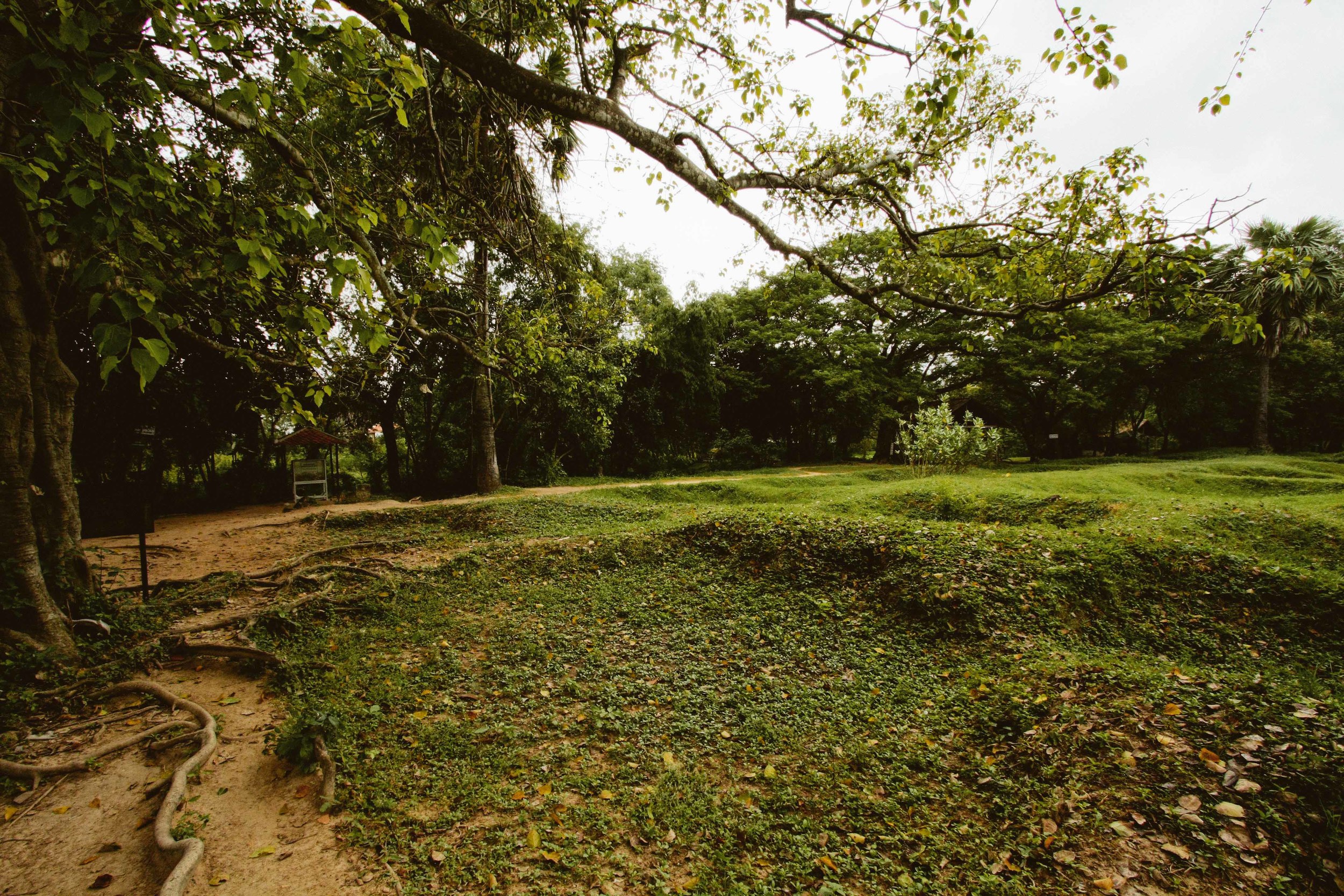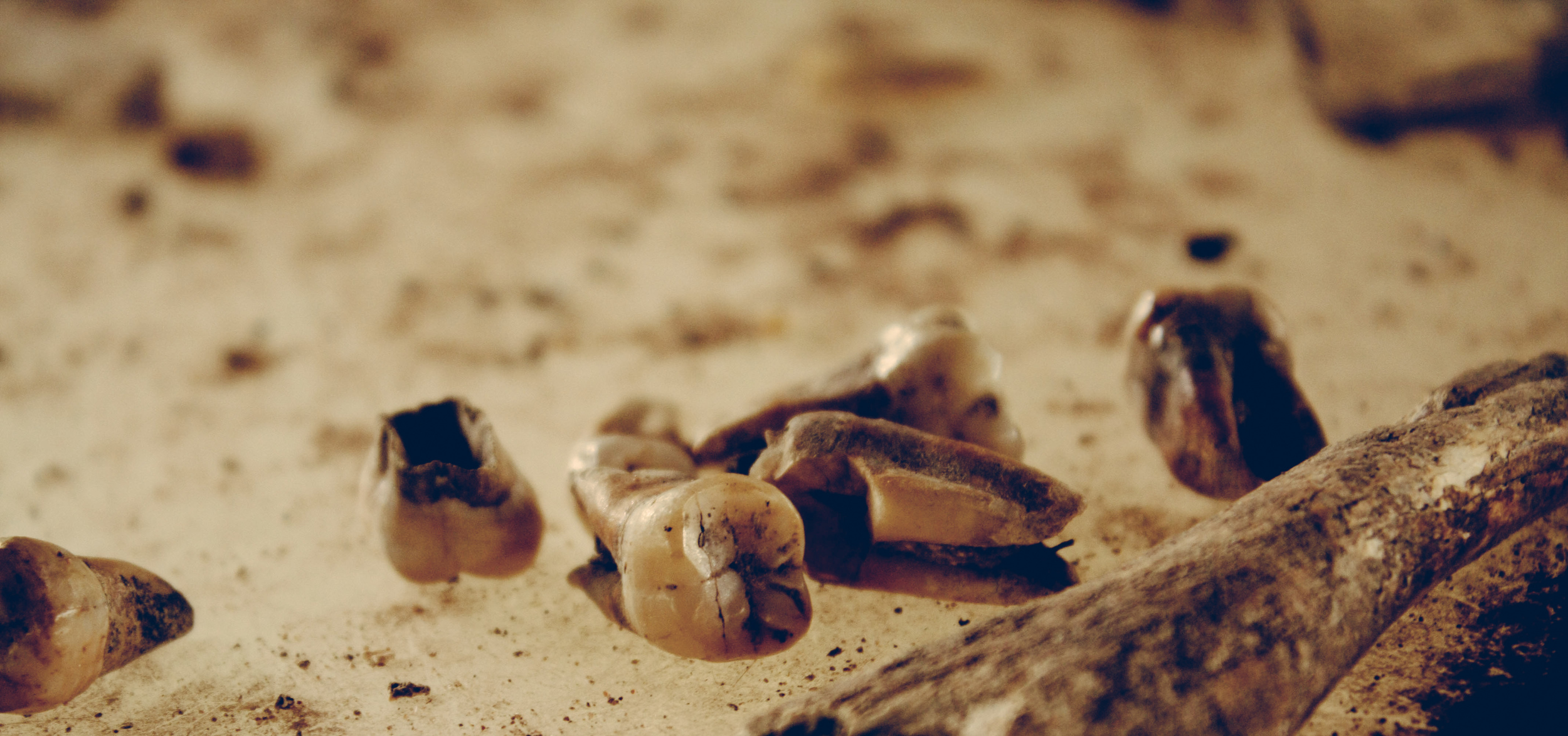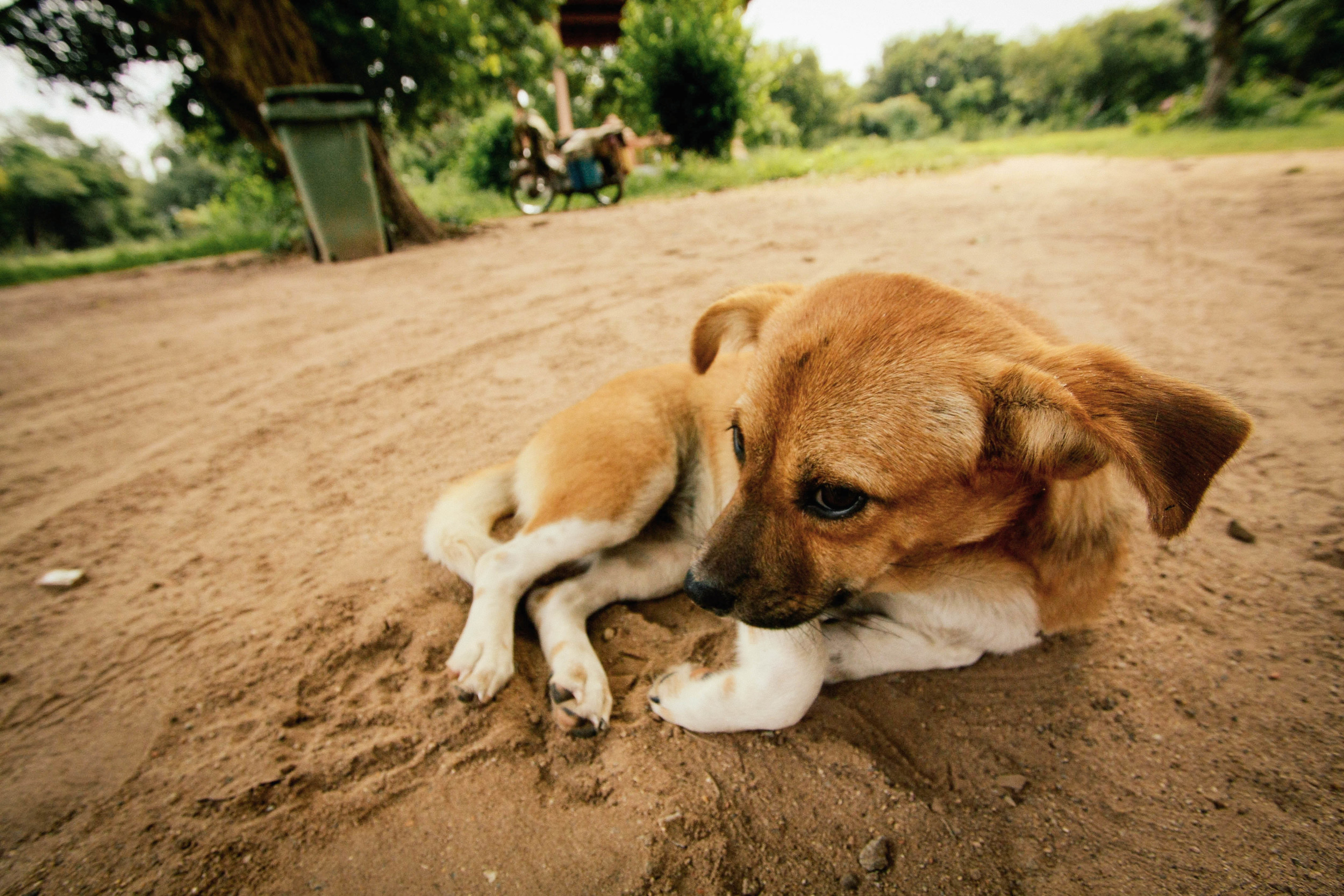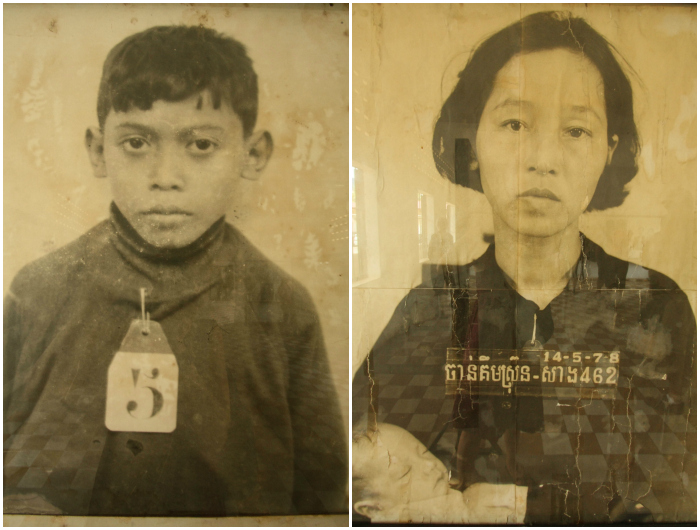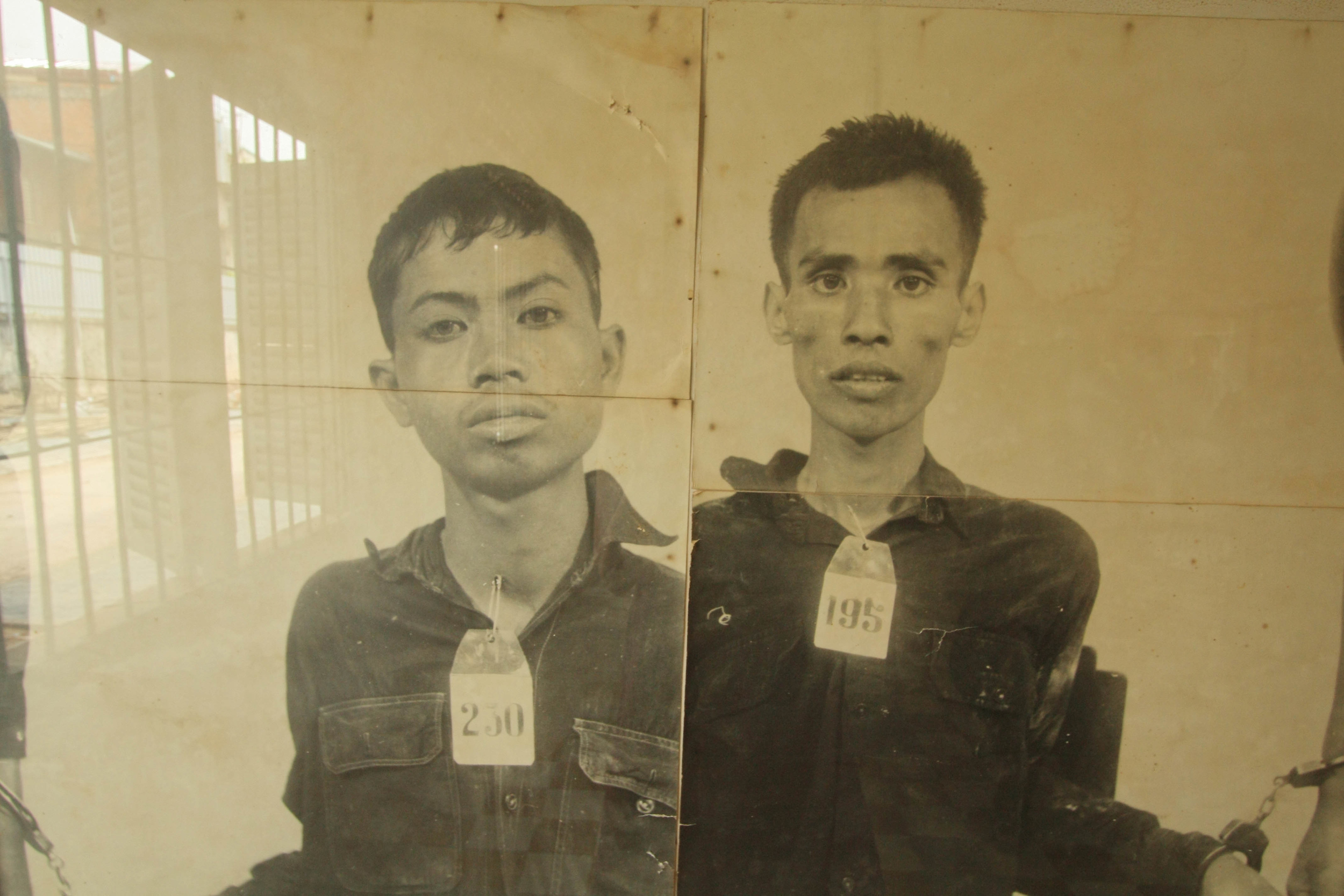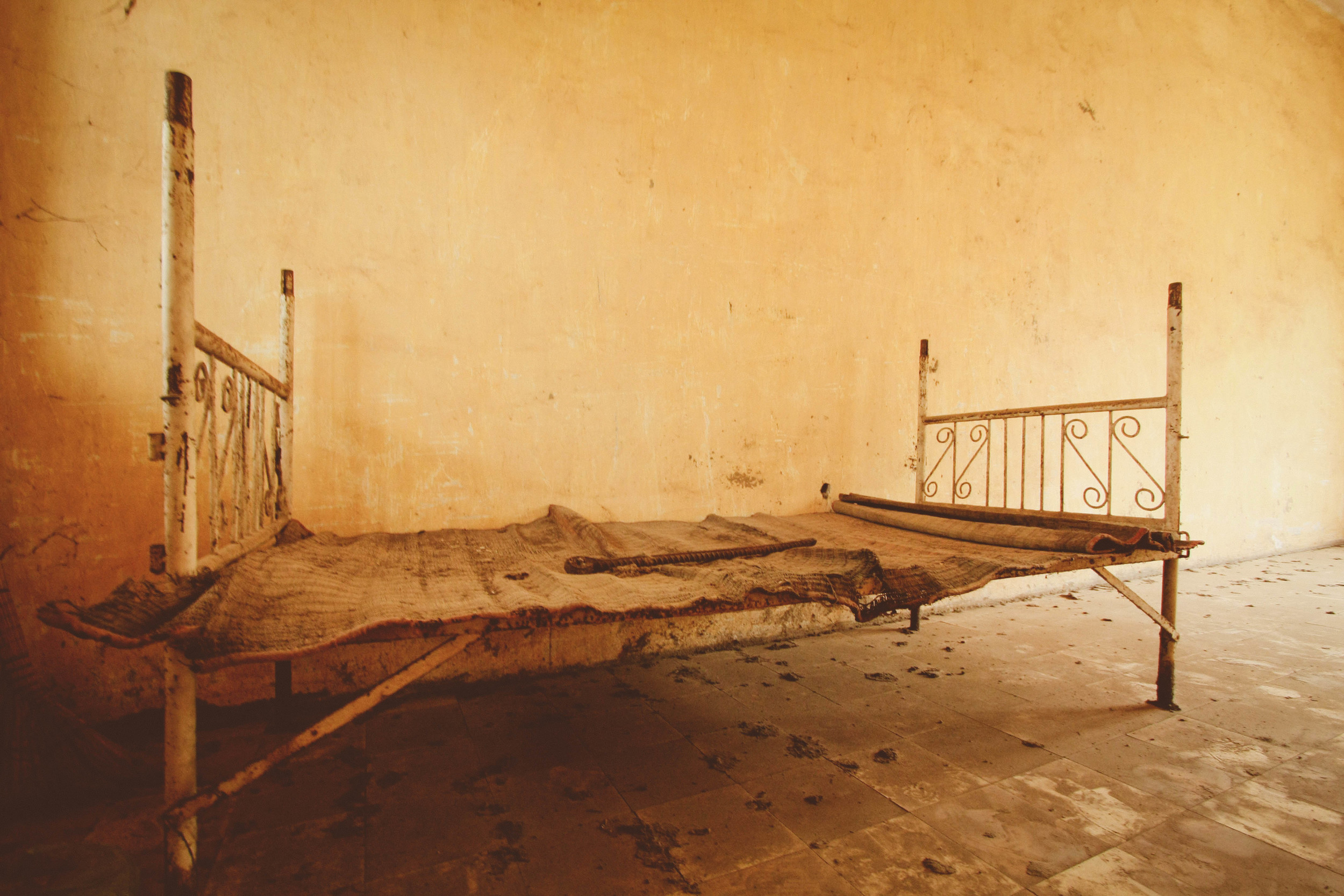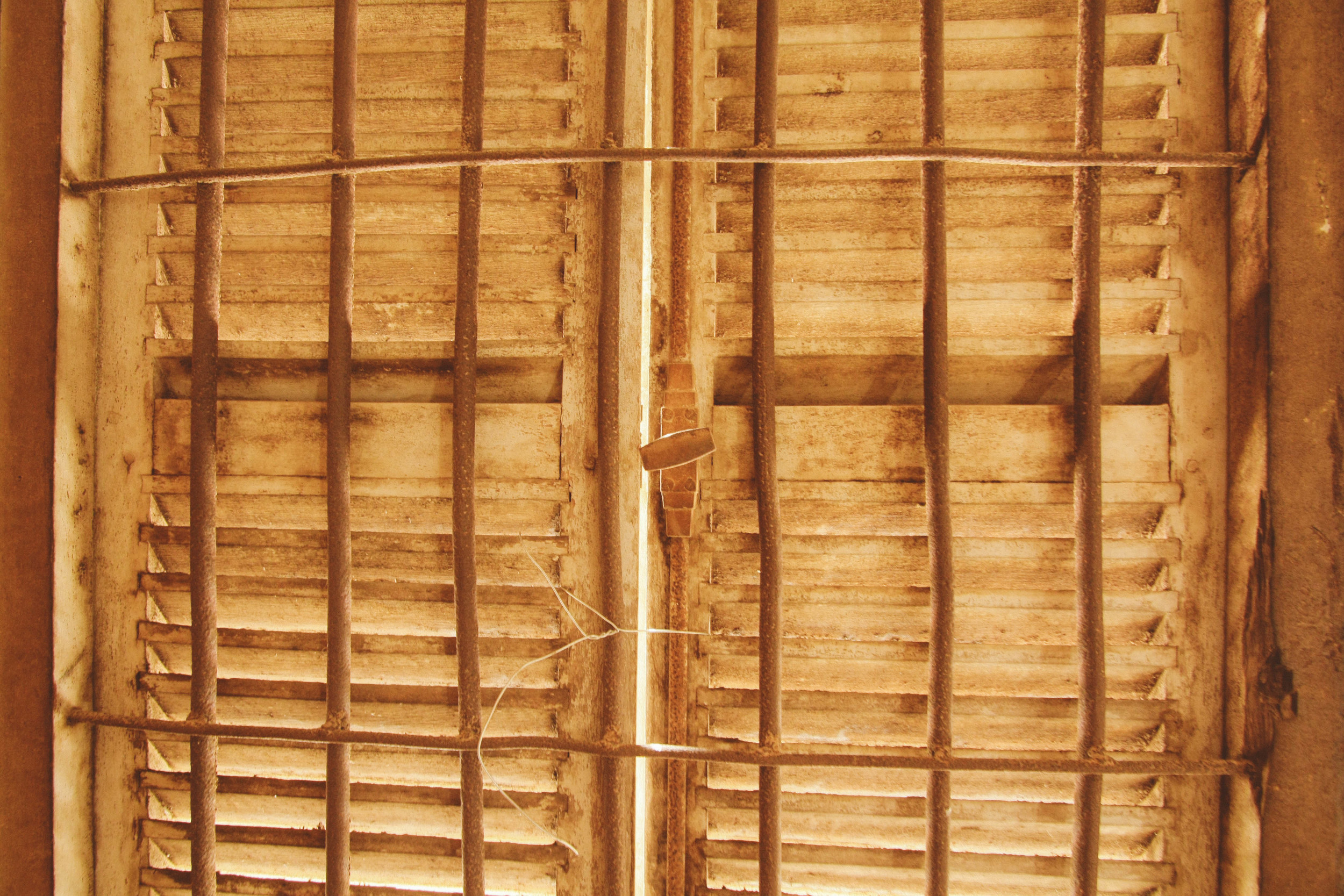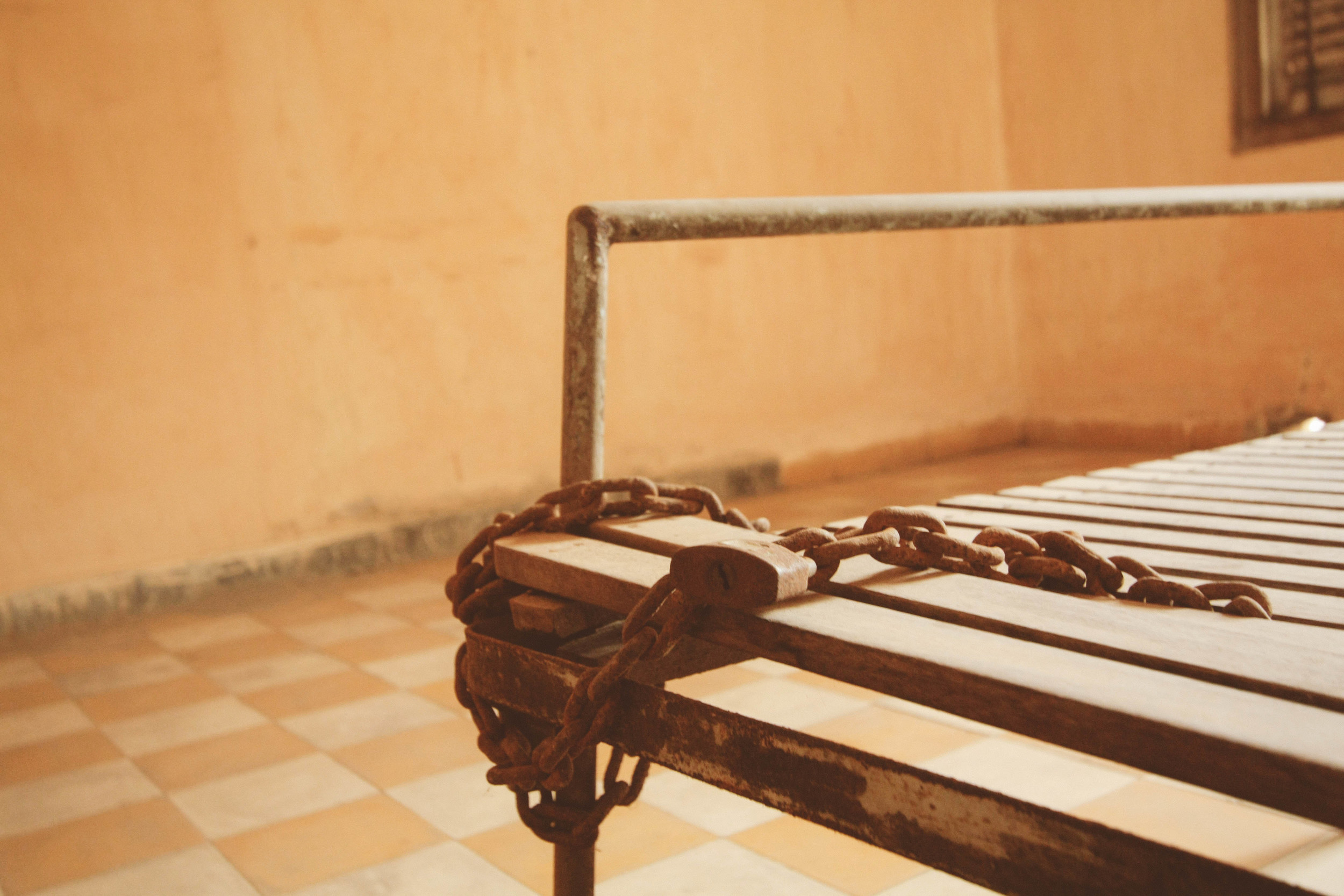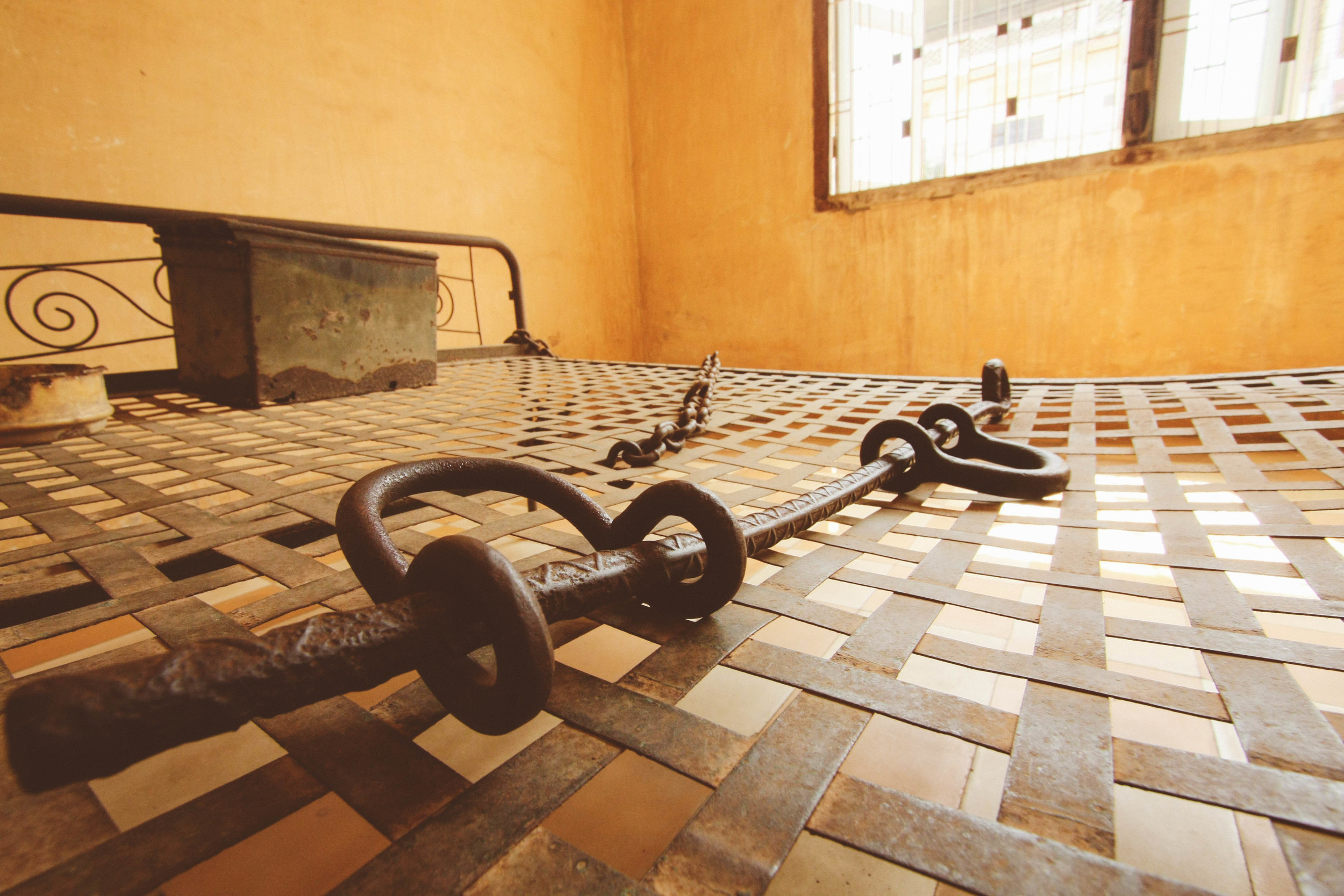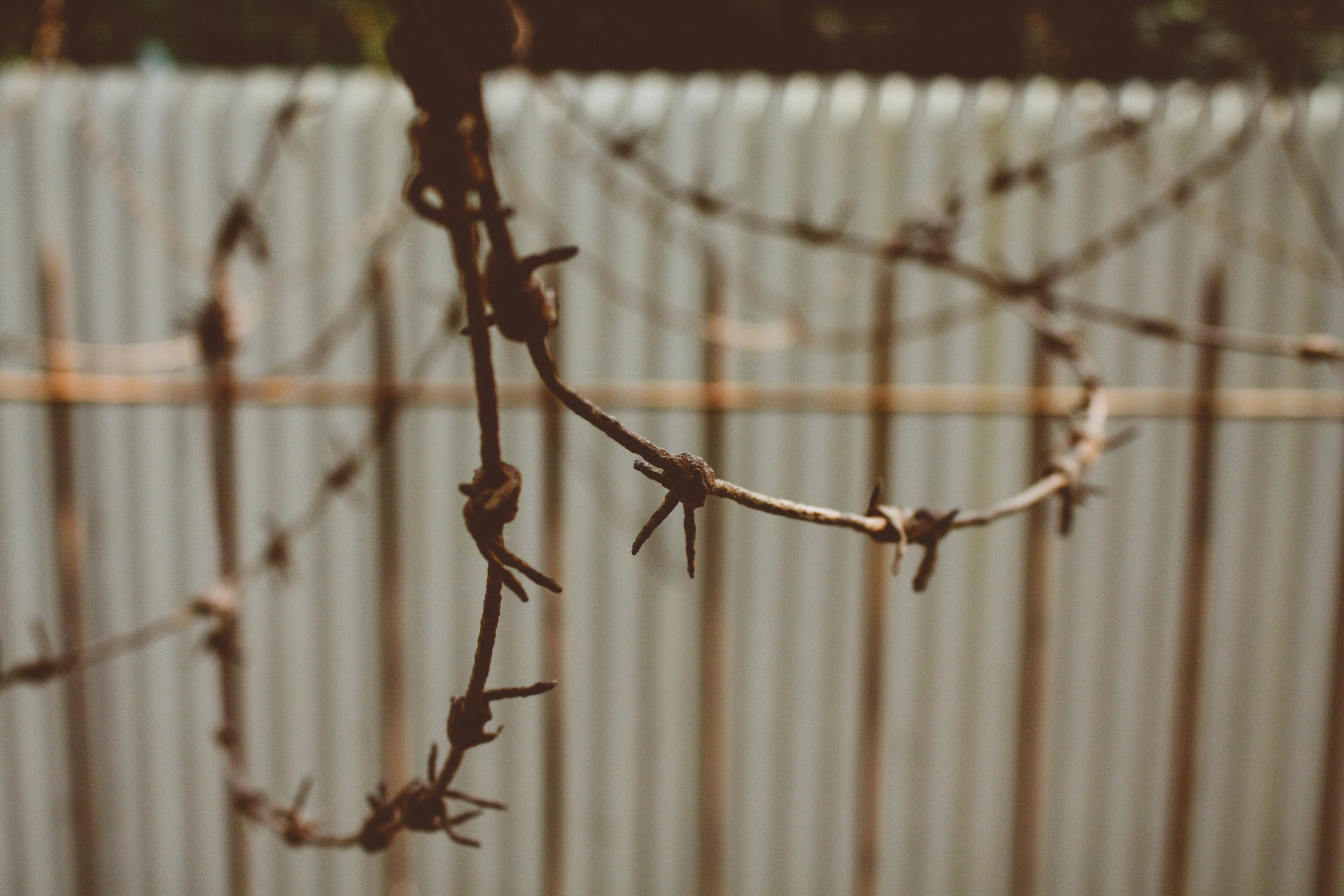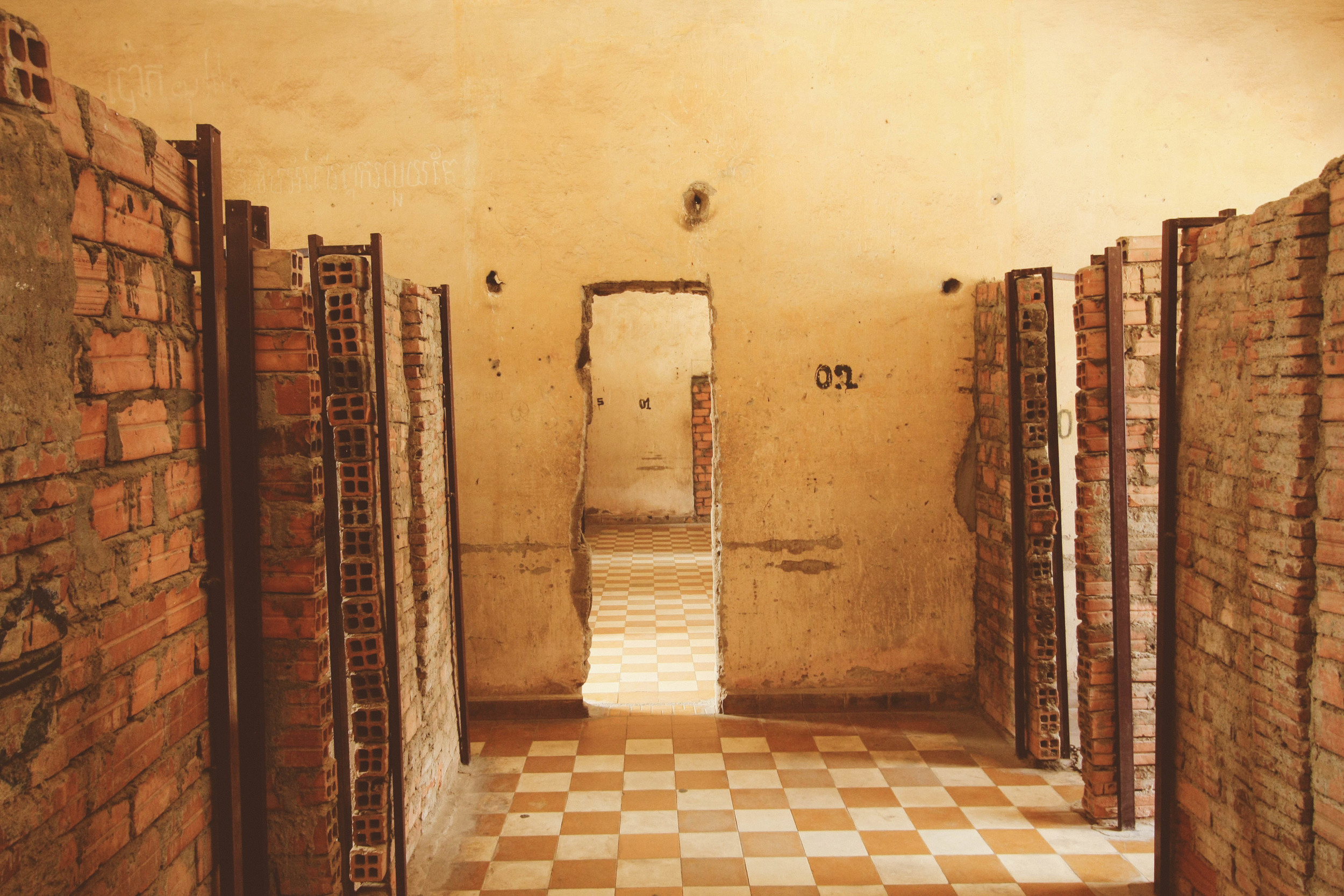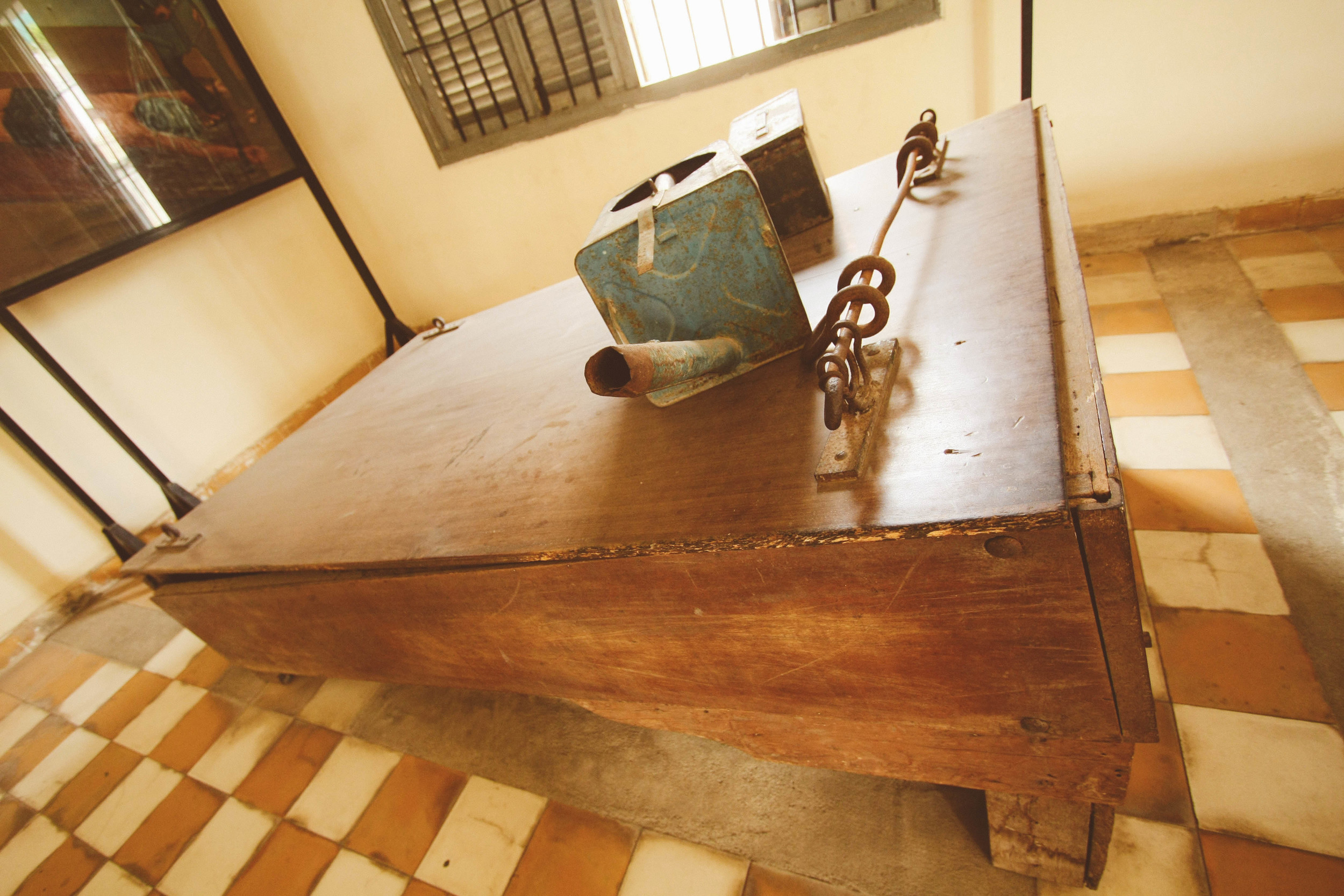Walking up to the killing fields with a knot in my stomach, I realized that I wasn't quite ready. I can't say that I'd been “looking forward” to going there. You don't exactly get excited about visiting Dachau, or Antietam. I mean it's hard to figure out what draws us to these places of such great tragedy, where thousands or millions of people were killed. I guess a lot of people, my self included, have a morbid curiosity about what would drive a few people to be so cruel to so many. It can also be a reminder that an ideology, be it political or religious, can teeter on the edge of bringing out the best or absolute worst in humanity. You stare at this and realize that the people who did it, and the victims on the other side weren't that different from each other, and neither were very different from you or me.
This place especially seemed a mystery to me because it's just not that well known and didn't happen all that long ago. We didn't learn about the Khmer Rouge in history class the way we learned about the holocaust, and I had never even seen the movie “The Killing Fields” until the night before we went. I've tried reading about what led to the rise and fall of the regime and it's terribly confusing. The Americans, British and Vietnamese were all involved in one way or another and it's hard to tell sometimes who was on whose side. And when it came to the Khmer Rouge itself, they ended up killing so many of their own, it's hard to tell who or what they were really for or against. I can't help but feel horribly ignorant when it comes to the whole thing. Needless to say, I've got a lot more reading to do.
The simplest way to explain the Killing Fields is as the place where the Khmer Rouge brought people for execution. The executions were brutal and systematic and the victims were buried in mass graves. Today it seems so bizarrely peaceful. A place full of trees and chirping birds. Not that reminders of what happened here aren't all around. They've left the open pits of the graves and built a large memorial stupa that they've filled with thousands of skulls exhumed from the area. The graves were so poorly covered that teeth, bones, and clothing were sticking out of the ground when they were found. You can still find many of these lying around the area.
The prisoners, however, were only brought here after spending up to six months at S-21 (now called Tuol Sleng). This was the torture facility where the government brought people that they believed to be their enemies. As a gross over-simplification; they thought that everyone should be a farmer and viewed education as a sickness of the mind. Teachers, artists, doctors, and anyone they suspected of harboring ill will towards the revolution were all seen as a blight on their vision of a new perfect agrarian society. It was equally bizarre walking around the buildings that were originally a high school, set in downtown Phnom Penh, surrounded by residences and shops. It doesn't look at all like a place where thousands of people were tortured. The Khmer Rouge kept records, including mugshots, of everyone that was brought there. The photos are all on display in room after seemingly endless room. You can also walk through the rooms where they built tiny brick enclosures for the prisoners and the rooms where they were “interrogated.” The implements and methods they employed are a terrifying reminder of the slippery slope that we Americans are on when it comes to so called “enhanced interrogation” techniques. Water-boarding may sound great to some, when it comes to “defending freedom,” but it sounded just as good to the Khmer Rouge when they were “defending” their own ideology..
Most prisoners were kept in these tiny wood or brick cells. A few were kept chained to beds in their own rooms with bars on the windows. There was barbed wire around the complex and nets of it across the balconies to prevent prisoners from attempting to commit suicide by jumping off.
Only seven people are believed to have survived S-21. Vann Nath, an artist, is one of only four of those survivors still alive. Paintings of what he observed are on display.
It's encouraging that the Cambodian government has mandated that these places be preserved so that others might learn from the mistakes of the past. It's even more encouraging interacting with the people of Cambodia, so many of whom were alive during the Khmer Rouge regime, and seeing how caring, hospitable, and happy they are. It sounds incredibly cliché, but it really is a testament to the human spirit that a society can recover from such horrible atrocities.

